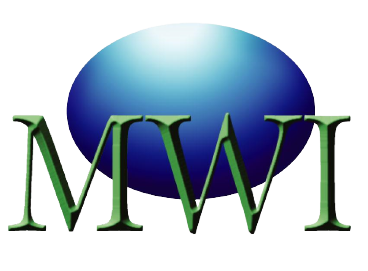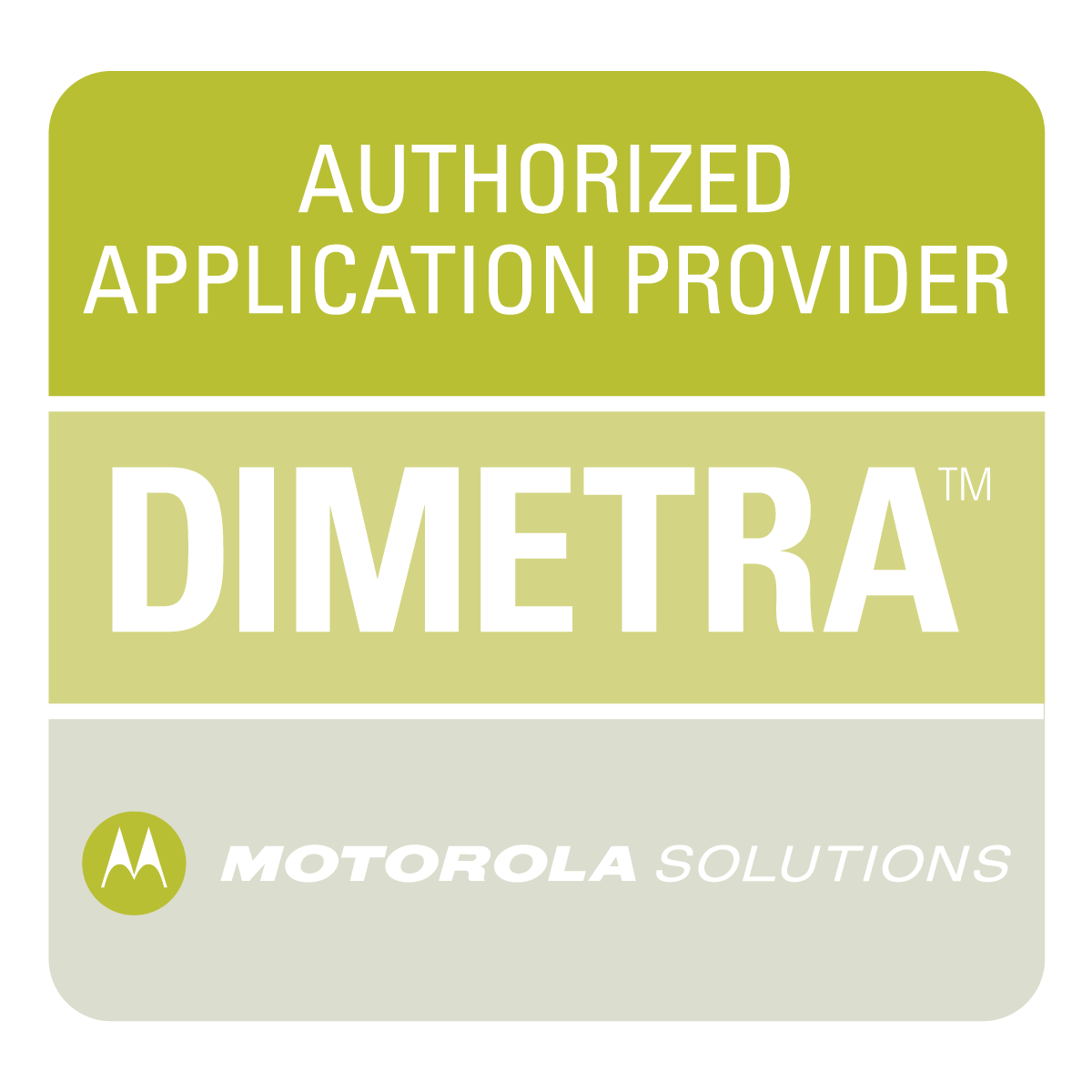The food industry relies on maintaining appropriate temperatures throughout the supply chain to prevent spoilage, preserve freshness, and ensure consumer safety. Temperature monitoring sensors play a vital role in achieving these goals and preventing foodborne illnesses.
Cold Chain Management
Consider a scenario where a food distribution company is responsible for transporting perishable goods, such as fresh produce and dairy products, from a supplier to various retail outlets. Here’s how temperature monitoring sensors can be applied:
1. Cold Storage Monitoring: Temperature monitoring sensors are installed within cold storage units, refrigerators, and freezers where perishable goods are stored. These sensors continuously measure and record the internal temperatures. If the temperature rises above or falls below the safe range, the sensors trigger alerts to notify employees. This proactive approach helps prevent spoilage and ensures that products remain safe for consumption.
2. Transport Monitoring: Maintaining consistent temperatures during transportation is essential to prevent foodborne illnesses. Temperature monitoring sensors can be placed in delivery trucks and shipping containers to monitor temperature conditions throughout the journey. If the temperature deviates from the optimal range, real-time alerts are sent to drivers or logistics personnel, allowing them to take corrective actions before the quality of the products is compromised.
3. Quality Control: Temperature monitoring sensors provide accurate and objective data about the conditions in which food products are stored and transported. This data can be used for quality control purposes, helping suppliers and distributors maintain high-quality products and meet customer expectations.
4. Compliance and Traceability: Food safety regulations and standards require businesses to adhere to specific temperature guidelines. Temperature monitoring sensors record data over time, creating a digital trail of temperature history. This data can be used to demonstrate compliance during regulatory inspections and audits. In the event of a quality issue or recall, the data can also help trace the origin of the problem and identify affected batches.
5. Cost Savings: Effective temperature monitoring can lead to significant cost savings by reducing product waste. When temperature excursions are promptly detected and addressed, fewer products need to be discarded due to spoilage. This optimization of resources benefits both businesses and the environment.
6. Consumer Confidence: Temperature monitoring sensors contribute to enhancing consumer trust and confidence in the food supply chain. Consumers are more likely to choose products from brands that prioritize food safety and quality through rigorous temperature monitoring practices.
In this use case, temperature monitoring sensors serve as a critical tool for maintaining the integrity of perishable food products throughout the supply chain. They help businesses adhere to regulations, reduce waste, and ensure that consumers receive safe and high-quality products. By preventing temperature-related issues, these sensors contribute to the overall sustainability and efficiency of the food industry
In the pharmaceutical industry, maintaining precise temperature conditions is of paramount importance to ensure the efficacy and safety of medications and vaccines. Temperature variations outside the recommended range can lead to chemical degradation, rendering the products ineffective or even harmful. This is where temperature monitoring sensors play a crucial role.
Vaccine Storage
Imagine a pharmaceutical storage facility responsible for storing vaccines that require strict temperature control, such as the COVID-19 vaccines. Here’s how temperature monitoring sensors can be applied:
1. Vaccine Integrity and Safety: COVID-19 vaccines, like many other medications, have specific temperature requirements for storage and transportation. For example, the Pfizer-BioNTech vaccine needs to be stored at ultra-low temperatures around -70°C. Temperature monitoring sensors placed within the storage units can constantly track and record the internal temperature. If the temperature deviates from the recommended range, the system can trigger alerts to notify personnel, preventing any potential compromise in vaccine quality.
2. Remote Monitoring: Some pharmaceutical storage facilities may be distributed across multiple locations. Temperature monitoring sensors can be connected to a centralized system, allowing real-time remote monitoring. This ensures that temperature discrepancies in any facility can be promptly addressed, reducing the risk of product loss and ensuring that vaccines are stored under optimal conditions.
3. Data Logging and Compliance: Temperature monitoring sensors often come with data logging capabilities. This means that temperature data is continuously recorded and stored for later analysis. This data can be invaluable for demonstrating compliance with regulatory guidelines and standards. Pharmaceutical companies can provide evidence that their products have been stored within the required temperature range, ensuring regulatory compliance and product quality.
4. Predictive Maintenance: Temperature monitoring sensors can also offer insights into the performance of cooling and refrigeration systems. By analyzing trends in temperature data, facility managers can identify potential issues before they escalate. This enables proactive maintenance, preventing unexpected breakdowns and ensuring consistent temperature control.
5. Auditing and Reporting: Regulatory bodies often conduct audits of pharmaceutical storage facilities to ensure adherence to safety and quality standards. Temperature monitoring sensors provide accurate and detailed temperature records that can be used as evidence during audits. This enhances transparency and confidence in the storage and transportation of pharmaceutical products.
6. Emergency Response: In the event of a power outage or equipment malfunction, temperature monitoring sensors can play a critical role in alerting personnel to potential temperature excursions. This enables quick response and appropriate measures to be taken, minimizing the impact on stored vaccines and medications.
In this use case, temperature monitoring sensors contribute significantly to maintaining the integrity, safety, and efficacy of pharmaceutical products. They empower pharmaceutical companies and storage facilities to meet stringent regulatory requirements, ensure product quality, and ultimately safeguard public health.




